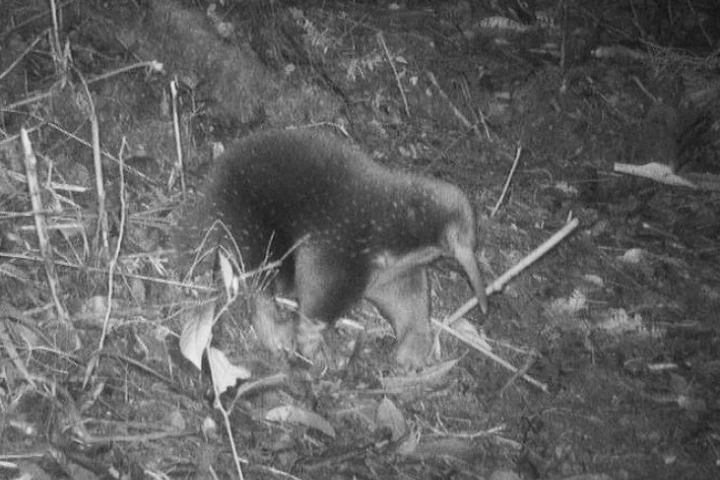indonesia
-
In a world first, two airports have done away with border guards at counters checking passports and arrival cards, in favor of a new AI-integrated biometric system that lets passengers skip the queue and pass through immigration without stopping.
-
BYD has launched the Atto 1 (which is basically a repackaged version of BYD’s top-selling electric car in China, the Seagull) in Indonesia. With a starting price of around US$12,000, the Atto 1 becomes one of the most affordable EVs on the market.
-
For the first time ever, a wild male orangutan in Sumatra has been spotted tending to a wound on his face in an ingenious way. The technique worked, adding even more cred to the intelligence of this striking and endangered species of great ape.
-
With spines like a hedgehog, feet like a mole and snout like an anteater, this bizarre animal is hard to miss. Yet it has been missing, presumed extinct since 1961 – that was until it had the audacity to saunter past a well-placed research camera.
-
Archeologists have discovered the oldest evidence of a surgical procedure in humans. A Stone Age hunter-gatherer, who lived more than 30,000 years ago, had a carefully amputated leg, making it the earliest known surgery by tens of thousands of years.
-
Wild cockatoos have been seen making sets of tools, each with their own design and purpose, and using them in a specific order to crack into fruit. This behavior places them in an exclusive club that previously only included humans and some primates.
-
Most earthquakes last seconds to minutes, but others rumble along slowly for weeks or months, at low frequencies that may not be felt at the surface. Now researchers in Singapore have discovered the slowest earthquake ever found, lasting 32 years.
-
Archaeologists have discovered what they claim to be the oldest example of figurative art made by human hands. An ochre painting of pigs, found on a cave wall in Indonesia, has been dated to be at least 45,500 years old.
-
All kinds of fascinating discoveries are waiting in the deep sea. Now scientists have pulled a new monster out of the waters off the Indonesian coast. The creature is a new species of “supergiant” isopod, a huge marine relative of the common pillbug.
-
Scientists have uncovered what may have been the “last stand” of Homo erectus. Previously thought to have disappeared about 300,000 years ago, Homo erectus could have survived in Indonesia until as recently as 108,000 years ago.
-
Some studies suggest the world is entering a sixth major extinction event. But now, in a rare piece of good news from that field, researchers from Australia, Canada and the US have rediscovered Wallace’s giant bee, an insect that hasn’t been seen in almost 40 years.
-
The winners of the 2018 Australian Geographic Nature Photographer of the Year have been crowned. Designed to celebrate the natural beauty of Australia and surrounding regions, the competition includes some stunning shots of animals and stark reminders of the impact humans are having on the world.
Load More











